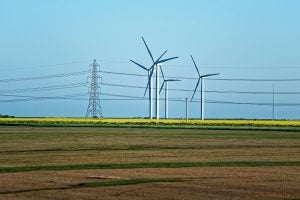Three hospitals in England recently cut energy costs in half after spending the equivalent of $18 million in energy efficiency upgrades. The projects got a much-needed boost from a certification that gave investors confidence the retrofits would bring returns.
With millions of buildings in need of upgrades and the emergence of a $20-billion retrofit industry in the United States alone, there is neither a shortage of projects nor capital looking for environmental opportunities in which to invest. What has been lacking is a way to grow the market to scale.
Even with an energy efficiency market topping $1 trillion, investors have historically considered such retrofits risky. All this is changing quickly with a new and global underwriting standard mitigating the risk of such investments. Read More















